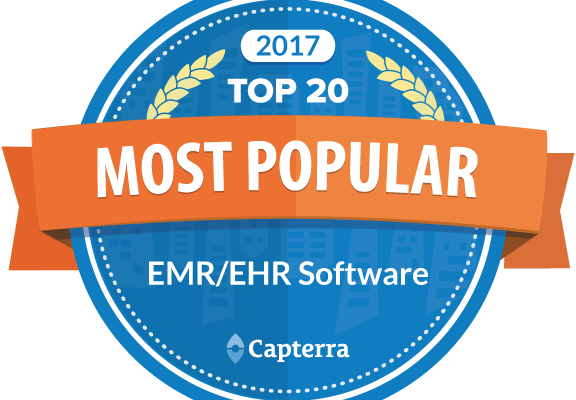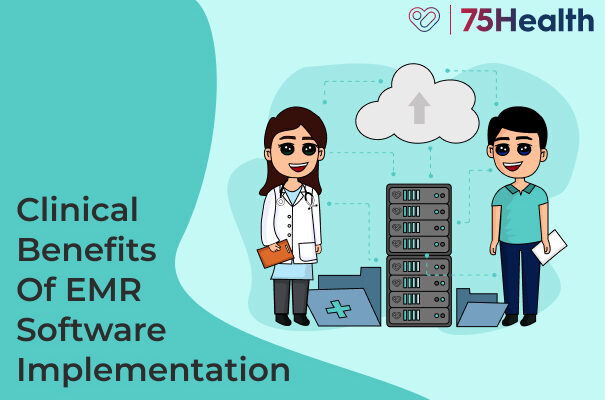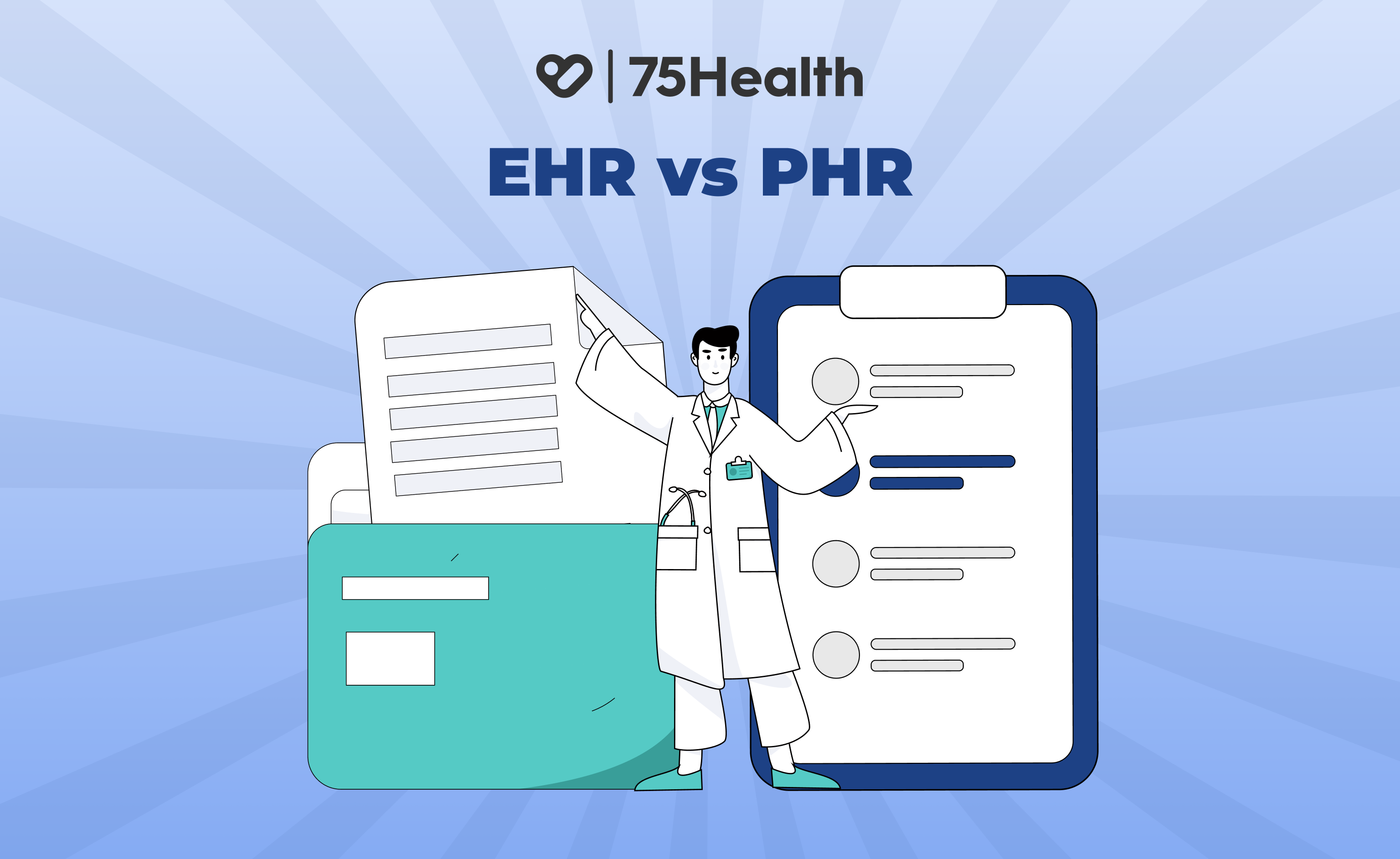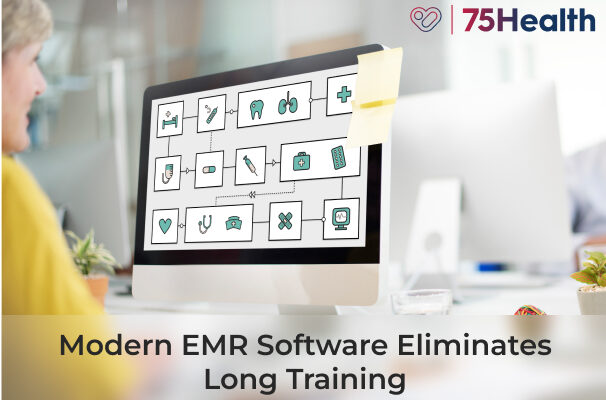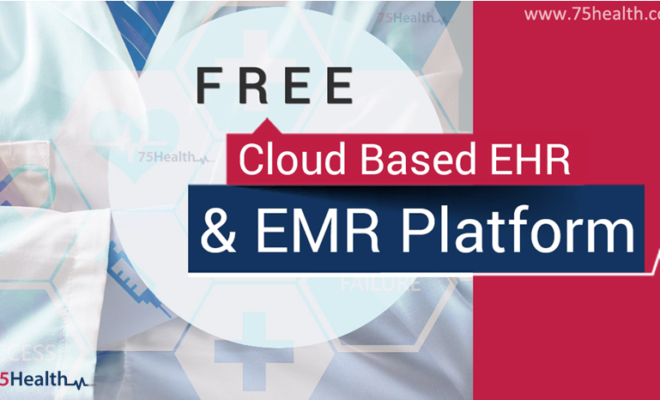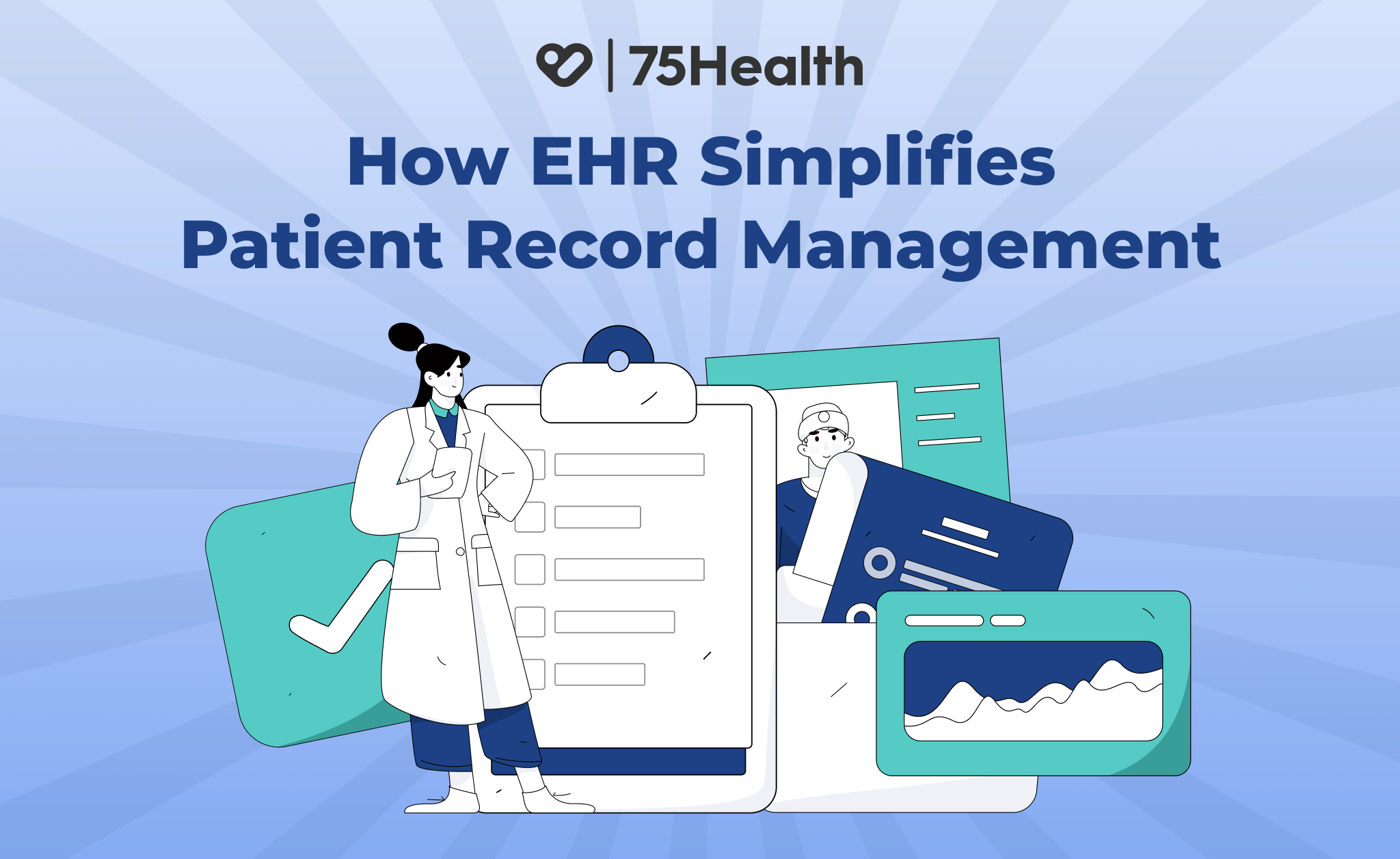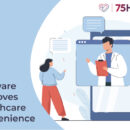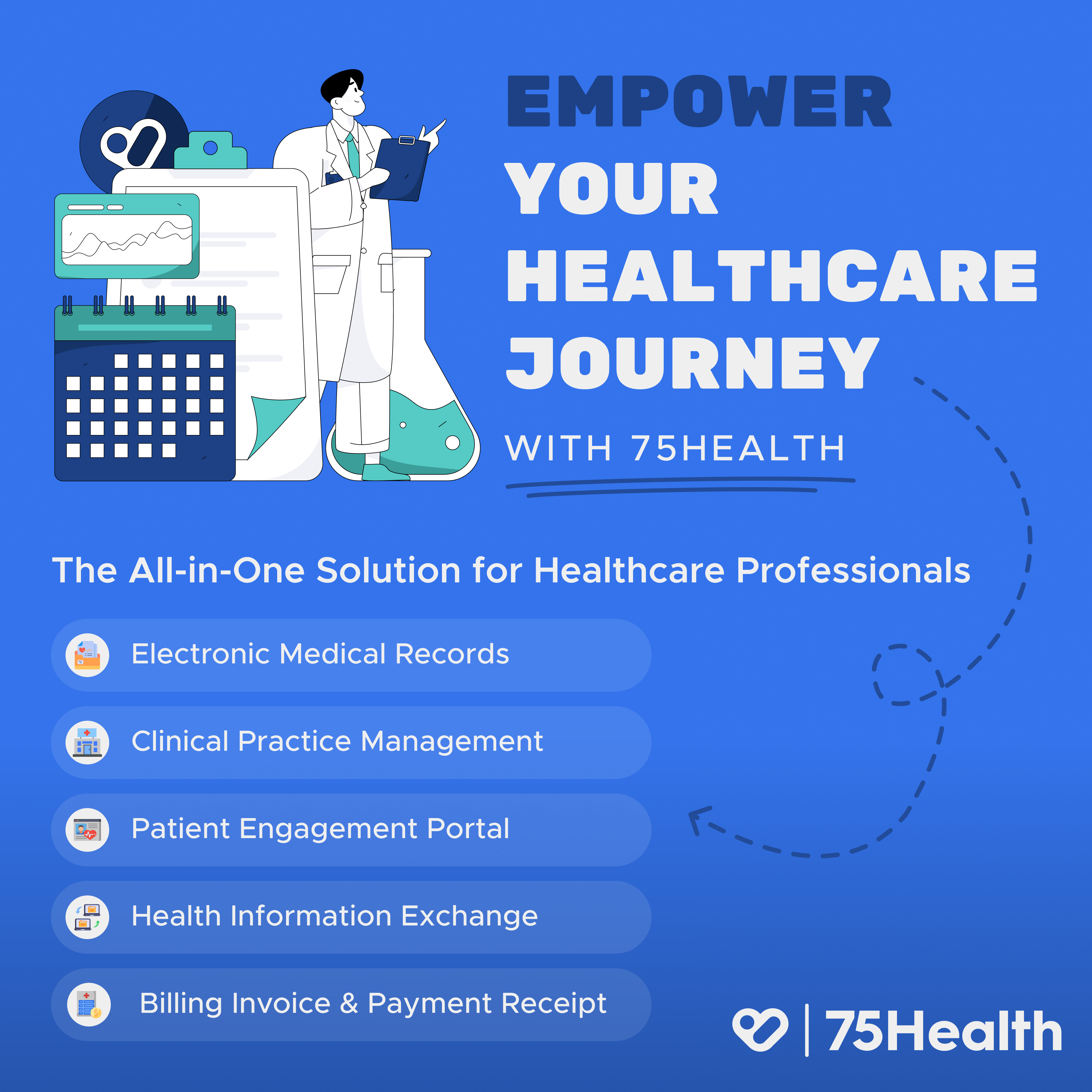Key Features to Look for in an EHR
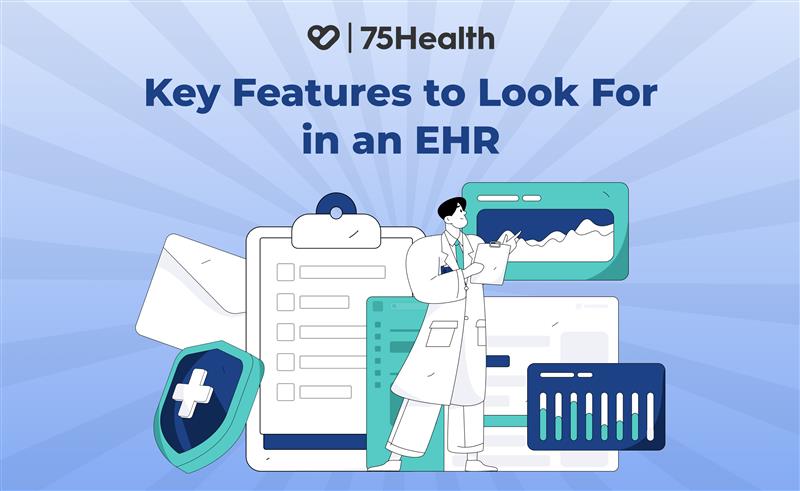
Just because the world is buzzing about digital transformation and smart healthcare doesn’t mean you should jump into any EHR system without understanding what truly fits your needs. Choosing an EHR without proper insight can turn out to be one of the worst decisions for your practice.
Before making any purchase, it’s crucial to evaluate the key factors carefully, not once, but twice.
In this blog, we’ll walk you through the essential features you should look for in an EHR before making your choice.
Must-Have Features to Look for in an EHR
When choosing an Electronic Health Record (EHR) system, understanding its core functionalities can make all the difference between a seamless experience and a constant struggle. Here are the must-have features every healthcare professional should consider before making the switch:
1. User Interface
A simple and intuitive design helps you get in and out quickly, reduces data entry time and errors. A clean layout boosts productivity and user satisfaction.
2. Security and Compliance
Your EHR must comply with global and regional standards like HIPAA, GDPR or local data protection laws. Data security safeguards patient privacy and builds trust with patients.
3. Interoperability
The ability to share patient data with other systems ensures continuity of care. Interoperable EHRs promote better collaboration among providers.
4. Clinical Decision Support
Smart alerts, reminders and diagnostic assistance help doctors make faster and more accurate clinical decisions, better patient outcomes and less medical errors.
5. Specialty Templates
Each specialty has unique documentation needs. Specialty templates simplifies charting and ensures accuracy in patient records, saves time for practitioners.
6. Patient Portal
Give patients secure access to their health records, prescriptions, lab results and visit summaries, improves engagement and transparency.
7. Telehealth
A powerful EHR should support online and offline visits, makes virtual consultations easy and effective for doctors and patients.
8. E-Lab
Simplify test ordering and result tracking with electronic lab connectivity, reduces manual work and turnaround time.
9. E-Prescription
Generate and send prescriptions digitally to pharmacies, prevents handwriting errors and fast medication dispensing.
10. International Medical Code
Support for ICD, CPT, LOINC and SNOMED codes ensures standardized documentation and global interoperability.
11. Customization and Stability
Every setup is unique. A reliable EHR must have customizable modules while maintaining system stability.
12. Dashboard and Analytics
A good dashboard gives you a quick view of key metrics, appointments and billing to clinical performance.
13. Appointment Booking
Simplify scheduling, avoid double booking and manage visits with an integrated appointment system.
14. Automated Reminders
Set up refill reminders, follow-up alerts and appointment notifications to keep patients and providers on track.
15. Internal Messaging
Facilitate secure communication between doctors, nurses and staff within the platform for better coordination.
16. Document Management
Keep all patient documents—scans, lab results and clinical notes—in one place for easy access.
17. Billing and Invoicing
An integrated billing system simplifies payments, insurance claims and revenue tracking for a smoother financial workflow.
18. Reports
Reports provide a consolidated summary of patients’ health records for quick insights and better decision-making.
19. Mobile Accessibility
With mobile EHRs you can access patient data anywhere, anytime, perfect for teleconsultations and on-the-go care.
20. Support and Training
Comprehensive onboarding, training and responsive technical support is key to a smooth adoption and daily use.
Conclusion:
Choosing the right EHR is all about finding the features that simplify your workflow, improve patient care, and keep your data secure. At 75Health, you’ll find all these features and more, so start exploring today, enjoy our 14-day free trial, and experience smarter, connected healthcare.

